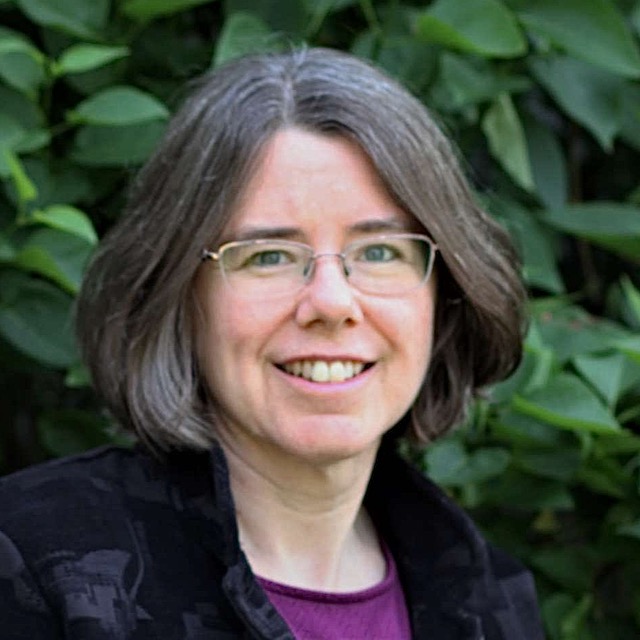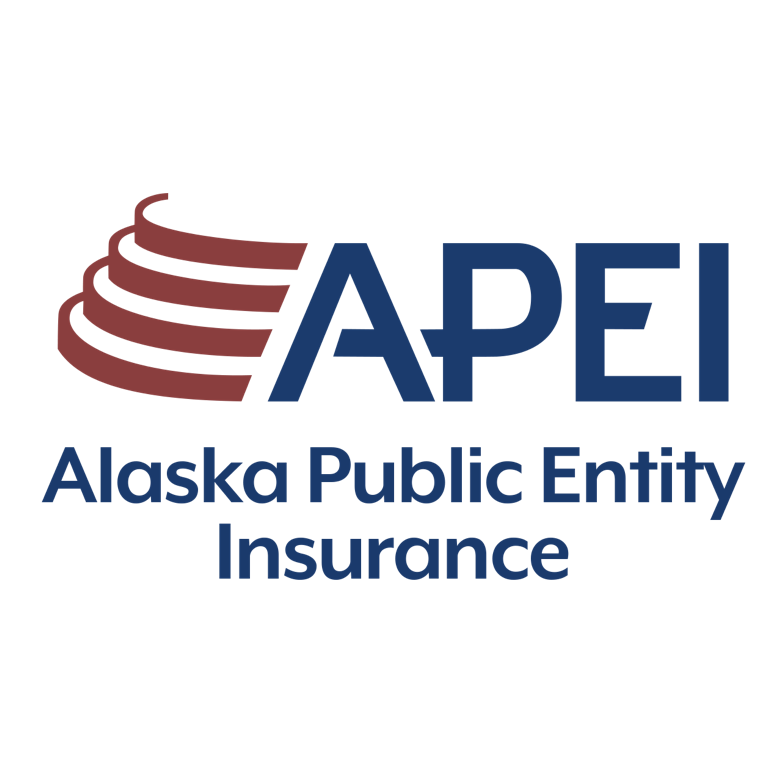Intro to Professional Boundaries for School Board Members

Barbara Thurston, Executive Director, APEI
As a school board member, it’s likely you’ve heard mention over the last couple of years of work being done by AASB, APEI, and others in relation to Professional Boundaries as a way to prevent child abuse. For people who are not working directly with this issue, it can be unclear just what’s meant by Professional Boundaries, and how you as a school board member can utilize Professional Boundaries to help protect children in your district.
Professional Boundaries is a term used to describe the behavior expected of school staff in relation to their interactions with the students in their care. When an educator violates those professional boundaries, and intrudes into a student’s personal physical or emotional space, it is referred to as a boundary invasion.
There have been several recent cases in Alaska of sexual abuse that occurred in schools or was committed by school staff. Preventing abuse like this is critically important to protect not only students, but also school districts and communities. To help districts prevent abuse, APEI has worked with AASB and several other organizations to develop training to help school staff understand what professional boundaries are, how boundary invasions have the potential to lead to child sexual abuse, and how preventing boundary invasions can protect kids.
By now, most school districts in Alaska have had at least some staff participate in this training. While the majority of the training so far has been aimed at school staff and administrators, it’s also important that board members become familiar with professional boundaries and what the expectations are for educators in their district.
The professional boundary training focuses on grooming, which is the process a perpetrator uses to befriend and establish an emotional connection with a child in order to lower the child’s inhibitions in preparation for sexual activity with the child. Most sexual abuse that occurs in a school, church, or youth organization setting is the result of grooming.
In addition to grooming a child to enable abuse of that child, a would-be perpetrator also “grooms” adults, by working to develop a reputation as someone who cares about kids, and creating an environment where other adults tend to dismiss signs of abuse and disbelieve any accusations. In many cases, when an abuser is identified and arrested, the adults around them are shocked – they had no idea that this person that they liked and trusted was capable of hurting a child.
Sexual grooming occurs in stages, and in the earliest stages, boundary violations signaling a concern may be observed by others. Later stages involve more intimacy and secrecy, and tend to occur out of sight. If the early boundary violations are identified and reported, then school administrators have the opportunity to address the concerns, and stop the process of grooming before it turns into abuse.
Boundary violations discussed in the training include:
- Physical boundary violations such as touching, hugging, or roughhousing with a child, being alone with a child behind closed doors, or taking a child on personal outings;
- Invasions of a child’s privacy such as walking in on them in the locker room, or expecting them to share details of their personal life;
- Social or emotional boundary violations, such as developing a “special relationship” with a child, giving a child gifts or special privileges, or inviting a child to the educator’s home;
- Technological boundary violations, such as private texting with a child; and
- Sexual boundary violations, such as discussing sexual topics outside a district-provided health class, viewing pornography with a child, and, of course, sexually touching a child.
Most boundary violations are not done with the intent of abusing a student; often, an educator committing a boundary violation is either careless or simply unaware of how his or her actions could be perceived. In many cases, the educator legitimately wants to help a child. An important responsibility of a district administrator is to help the educator understand why a boundary violation isn’t appropriate, and how help might be provided to the child in another way that protects everyone involved. If, however, the educator committing the boundary invasion really did intend to progress from a minor violation into abuse, an administrator’s intervention may be enough to stop the process and protect the child.
School staff are taught to recognize boundary invasions, the importance of reporting them to district administration, and how to make such a report. The companion administrator training guides administrators into the appropriate response to a report of a boundary violation.
School boards also have an important role in promoting professional boundaries.
- Most importantly, school boards should adopt a board policy related to professional boundaries. We recommend the AASB model policy #5141.42 and its associated administrative regulation.
- Boards should discuss this issue with their superintendent to learn what training is being provided to staff, and how reports are handled.
- Finally, as the link between the school district and the community, school board members are often the best people to share information about professional boundaries with parents and other community members.
We encourage each school district to discuss this issue internally, to make sure that the expectations in your schools reflect community needs and norms while protecting kids.
As dedicated school board members who care for the health, well-being, and future of Alaskan kids, I’m sure it’s disheartening to believe that sexual abuse could happen in the schools in your community. Unfortunately, though, school-related sexual abuse occurs, and results in real children being hurt. It’s up to everyone in the school community to participate in the ongoing discussion of how to best protect children from abuse.
Training resources for school staff, administrators, and school board members are available from APEI, AASB, and the Superintendent’s Association.
The views expressed here are the writer’s and are not necessarily endorsed by the Association of Alaska School Boards. AASB welcomes diverse perspectives and civil discourse. To submit a Guest Column for consideration, see our Guest Column Guidelines and email your 400-1000 word submission HERE.

